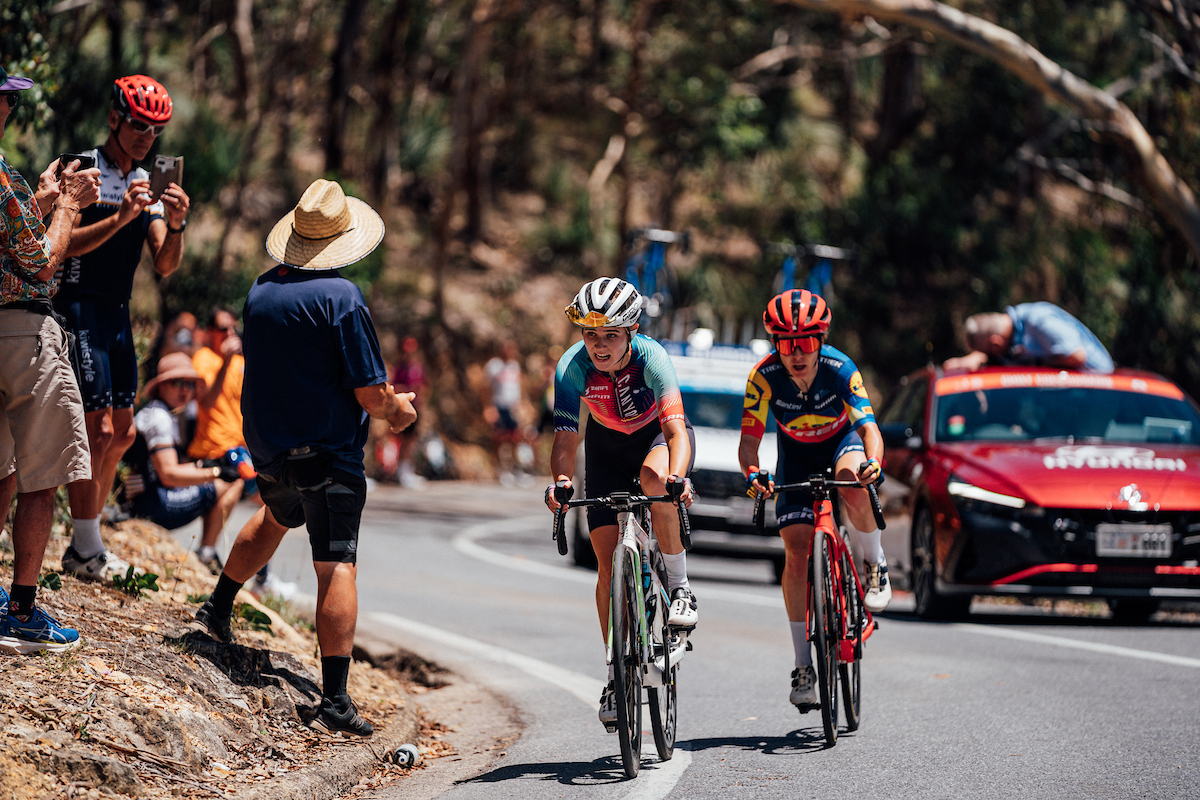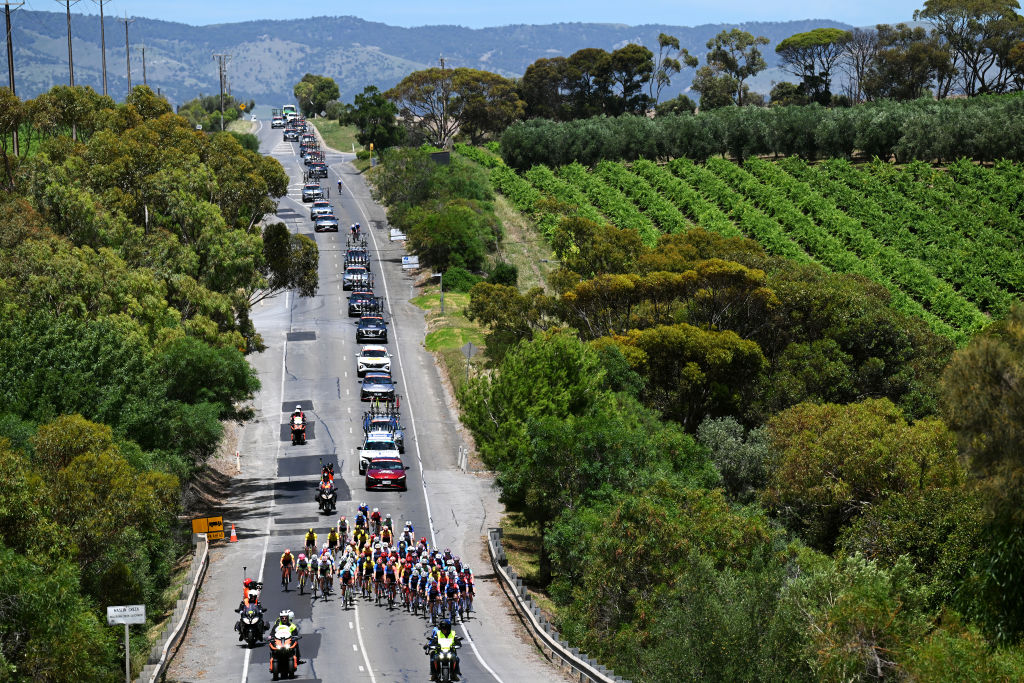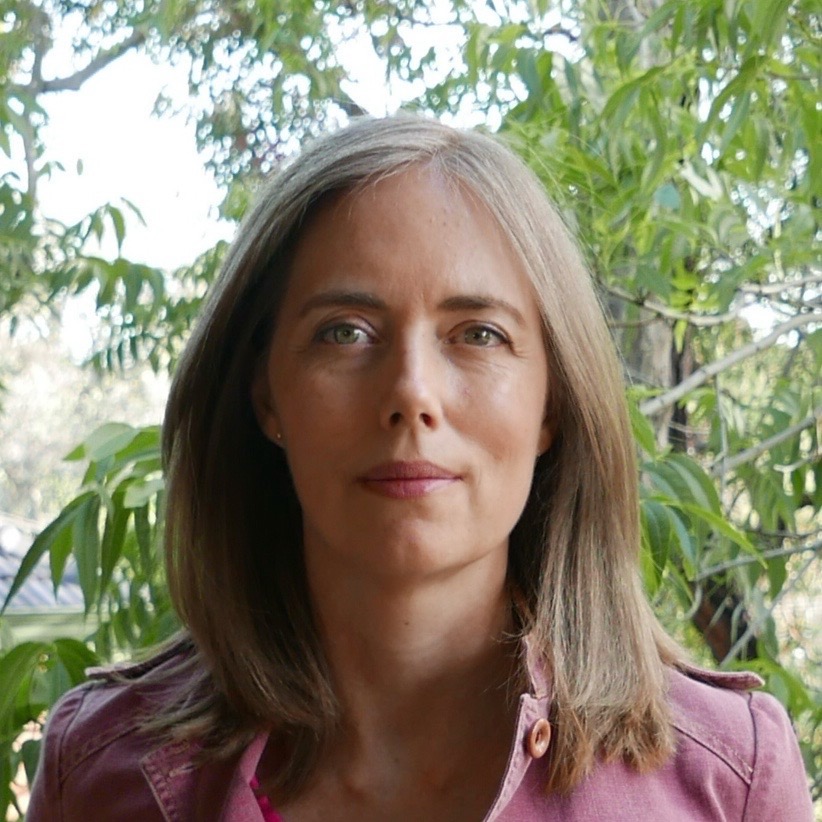Evolution of the Women's Tour Down Under - 'This is the hardest tour that we've seen'
The build from little more than a collection of crits to a challenging WorldTour event with a serving of one-day racing on the side

The Santos Women’s Tour Down Under barely resembles the race it was when it officially first started in 2016 as a 2.2 UCI-ranked event, spawned from what was effectively a collection of criteriums.
Initially, the field was held alongside the long-running men's race and was around 80 percent filled with riders from Australia and New Zealand, with only a limited number of squads making the trip from Europe. Few teams had the strength to truly challenge the Australian team that has now morphed into Liv-AlUla-Jayco. The squad dominated the event, winning four in a row from 2016 to 2019.
“We had a nice stranglehold on the event and it was good for us, right,” the recently returned Gene Bates, who is now Liv-AlUla-Jayco’s women’s team manager and sports director, told Cyclingnews with a wry smile.
“But yeah, in realistic terms, it shouldn't be like that. No team should have a monopoly on racing like that, and it is better for women's cycling in general that the event grows and the field gets stronger,” said Bates, who has recently returned to the women’s team but was the DS through a number of those earlier years of the race. “It just means we have to be better and work harder.”
The stages have evolved significantly, with the routes lengthening, the landmark climb of Willunga introduced plus the race category working its way to the top tier, hitting the Women’s WorldTour level when it returned from a two-year COVID-19 hiatus in 2023.
The race, which led the way when it equalised women’s and men’s prize payouts in 2019, has also drawn far more coverage and attention as the years have gone by. There is no longer just the odd journalist reliably going out to report the women's event, instead replaced by a solid contingent chasing the latest results and developments among a peloton that is now unquestionably international. More than two-thirds of the riders hail from nations beyond Australia and New Zealand.
A fourth day of racing was added this year, with the Women’s Tour Down Under running for three stages from Friday, January 17 to Sunday, January 19 while on Sunday, January 26 is the Schwalbe Women’s One Day Classic. That is ranked 1.Pro so will yield 200 points, compared with the 50 a Women’s WorldTour stage win delivers, a factor which helped sway the decision to opt for a one-day event.
The latest race content, interviews, features, reviews and expert buying guides, direct to your inbox!
“It's really important. We need more opportunities. We want to have more teams coming out. We want higher level teams, and it's showing … we've got 10 Women's WorldTour teams out here this year, so that's the strongest field ever for our women's race,” said Assistant Race Director Annette Edmondson of the expansion in the pre-race media conference.
“And it just means that the progression of the racing is just going to keep lifting, and we're going to be able to hopefully continue to progress and add perhaps another stage into our WorldTour event. But at the moment, we're focusing on sustainable progression as well."

Many women’s races have made ambitious plans, some have succeeded but there have also been a number of cancellations in recent seasons. The Women’s Tour Down Under, however, has continued on the path of a slow build.
“Changes don't happen overnight,” said Edmondson, who during her racing career took on the event three times and won two stages along the way. “We're very proud that Santos, major sponsor, is really prioritizing the growth of the women's race. It's exciting to have a fourth day of racing.”
Even before the riders arrive on that fourth day of racing, the evolution of the three days of the WorldTour event is set to shake up the race, with stage 2, in particular, a tough day of early-season racing with a forecast of hot weather across 115 kilometres. After starting in Unley, the route goes straight into the climb of Windy Point, the first QOM point of the day coming within 5km of the start. Then the peloton climbs Willunga Hill twice.
Stage 3 includes five ascents of the Stirling climb, for more than 2,000 metres of elevation gain over the 105.9 kilometres.
No surprises then that there are a number of strong climbers on the start list including Giro d”Italia Women Blockhaus stage winner Neve Bradbury (Canyon-SRAM zondacrypto), Tour de France Femmes and Giro d’Italia Women mountain classification winner Justine Ghekiere (AG Insurace-Soudal), Niamh Fisher-Black, who has just shifted from SD Worx-Protime to Lidl-Trek, and her experienced teammate Amanda Spratt, along with Liv-AlUla-Jayco’s Ella Wyllie.
“This is the hardest tour that we've seen for the women,” said Bates. “With two ascents of Willunga Hill, it is certainly going to create some significant GC gaps.”
Get unlimited access to all of our coverage of the 2025 season-opening Tour Down Under for men and women- including breaking news, analysis and more, reported by our journalists on the ground from every stage as it happens. Find out more.

Simone is a degree-qualified journalist that has accumulated decades of wide-ranging experience while working across a variety of leading media organisations. She joined Cyclingnews as a Production Editor at the start of the 2021 season and has now moved into the role of Australia Editor. Previously she worked as a freelance writer, Australian Editor at Ella CyclingTips and as a correspondent for Reuters and Bloomberg. Cycling was initially purely a leisure pursuit for Simone, who started out as a business journalist, but in 2015 her career focus also shifted to the sport.
